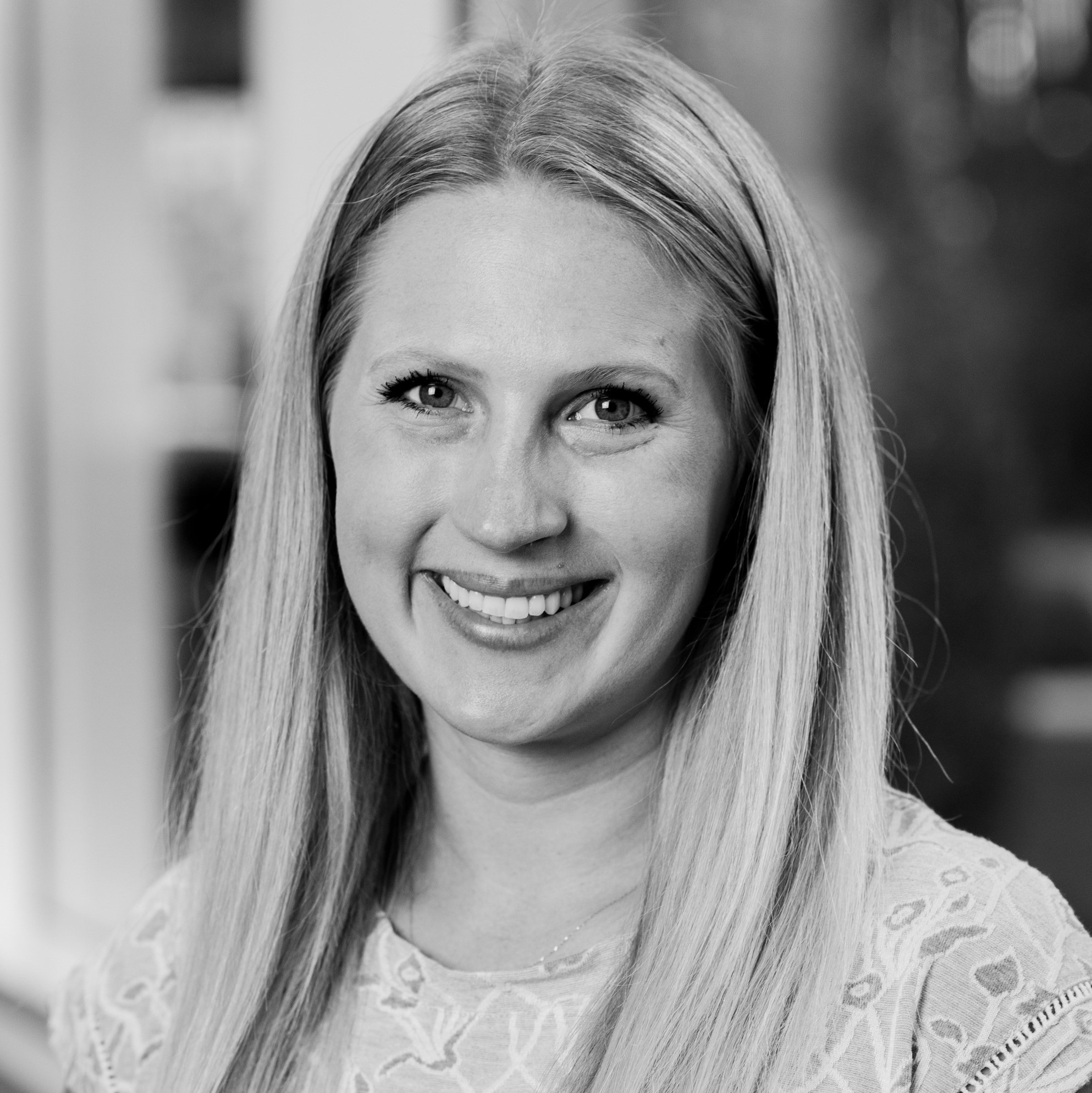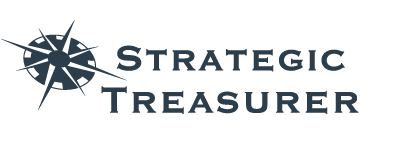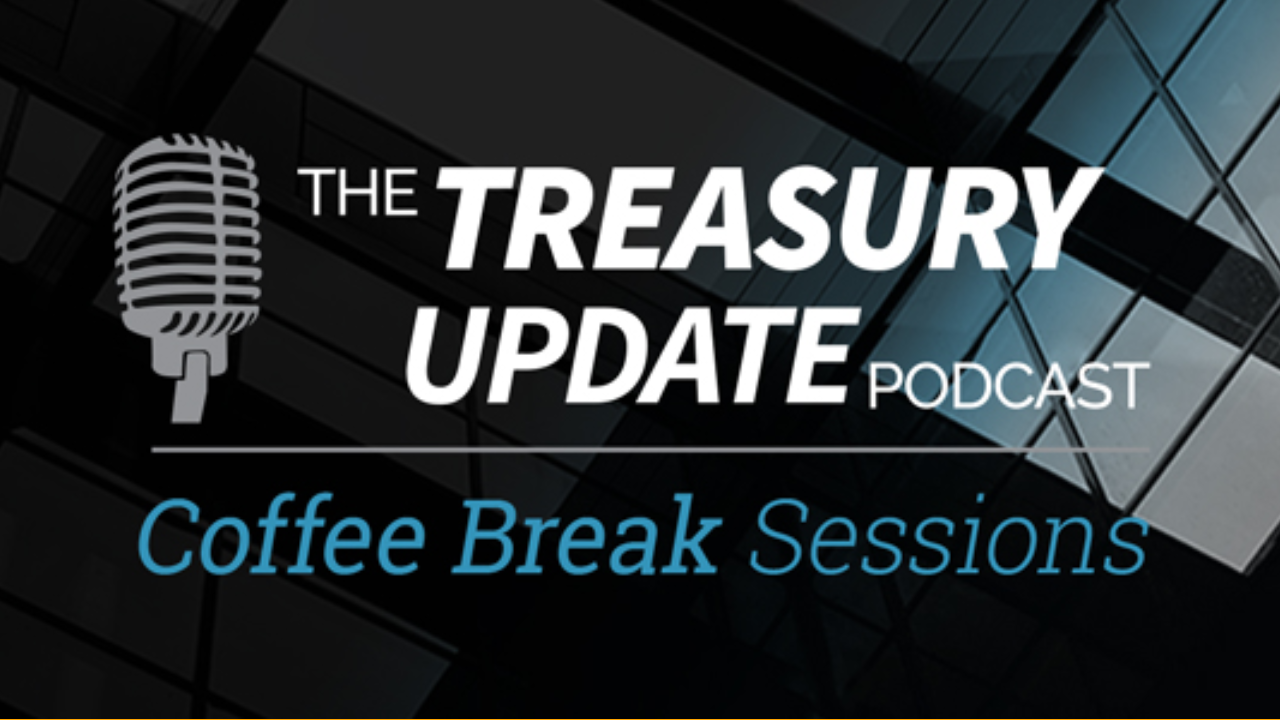
Session 50
Coffee Break Session:
What Are Treasury Dashboards?
Host:
Alexa Cook, Strategic Treasurer


Speaker:
Craig Jeffery, Strategic Treasurer


Episode Transcription - (Coffee Break Session Series) - Episode 50 - What Are Treasury Dashboards
Alexa Cook 0:10
Hi guys, welcome to The Treasury Update Podcast Coffee Break session, the show where we cover foundational treasury topics and questions in about the same amount of time it takes you to drink your coffee. This is your host Alexa, and today I am joined by Craig Jeffrey, Managing Partner of Strategic Treasurer. Welcome back, Craig.
Today we’re gonna switch it up a little bit and kind of talk about treasury dashboards. So, Craig what are treasury dashboard?
Craig Jeffery 0:36
Sure, the treasury dashboard is a report or a view that provides information across a number of topics that usually can be drilled into to find more information, additional learning, status, or trends over time.
Alexa Cook 0:54
And what should be included or what is typically included in a treasury dashboard?
Craig Jeffery 0:59
Yes, while there can be a lot of variations between companies, one of the most common items in dashboard is there’s some type of flash report. This is a where is our liquidity across the globe by currency, country, bank, financial instruments. So, that’s usually a key part of it. Some of those flash reports have a forecasting element to it. It has information going out several days, dashboards oftentimes have a focus on liquidity, like the flash report, but it might have some other elements, planned forecasts items, significant items, of events, some type of diary for significant treasury transactions. They’ll often operational statistics or information in them as well and what’s occurred over time, almost like monthly reporting. Others use a dashboard to keep track of workflow items, how many payments are in the mix waiting to be approved. They can use dashboards can also give a view of what might be approaching a problem. Maybe it’s approaching a particular cutoff time, there’s items still in the process, things that need to be reviewed or repaired. Those are some of the most common elements that are shown in dashboards. And these dashboards are either run on top of an individual system, like a treasury management system or a bank portal. But other dashboards pull data in from a range of systems, they use more of a BI tool to pull data in from the ERP, whatever they’re using for cash positioning, forecasting, and other stats that go into a repository. They’re getting much more sophisticated both within the sort of tools as well as what treasure groups are, are providing and reporting on.
Alexa Cook 3:01
Okay, that’s great. I’m really sort of picturing my car dashboard where you know, when you fill up your tank, it’ll tell you estimated miles and until empty again so I feel like that’s kind of the forecasting or the more forward-looking piece of that and then you know, the current might be your speed limit or anything when you’re actually driving. So that’s good, you just, I guess, to say that they really can capture small pieces or a bigger picture of everything.
Craig Jeffery 3:25
I like that picture of the dashboard in the car, that’s a perfect example. And then I would layer in the you know, what’s changing over time. Some cars, if you’ve ever had the opportunity to drive a car with a heads-up display, where it paints the windshield so you see things, like I can see my speed on the windshield. I can see other key elements, without having to look away from where I’m driving, as another nice feature. An appropriate analogy to your car.
Alexa Cook 3:59
Yeah, that’s great. Thanks for expanding on that. So, then why are dashboards useful?
Craig Jeffery 4:03
Just the ability to rapidly find information that’s important, that you’ve deemed important, the ability to drill in, self-serve and answer additional questions. You want to put things in the dashboard that people need to see, want to see, and find that useful for making decisions making corrections and adjustments so whether it’s operational items or issues that might be red flag items, files haven’t come in, activity hasn’t occurred, payments, or danger of being late to on the warning track or on past certain thresholds on policy or plans that that I can see and react to just like the warning light on your dashboard. Great for operating treasury.
Alexa Cook 4:50
That’s great, I was gonna kind of go back to that analogy and say that if you’re looking at your speed limit, and you know, maybe you’re going too fast or too slow. You can kind of adjust it live. So, I feel like that’s sort of what you’re saying. With the shift to remote work sort of increasing these COVID times. Have we seen any significant changes in dashboarding? Or maybe they’re being used more? What’s your take on that?
Craig Jeffery 5:14
Yeah, this might be one area where I don’t know that I’ve seen COVID make the change. I mean, obviously, there’s been we’ve been in COVID for what over a year and a half now. There’s been there’s been significant progress on dashboards. More BI related. There’s been developments across what banks provide, what treasury management systems provide, what risk monitoring systems provide. So, there’s been significant growth in that overall area. I don’t know that specifically related to COVID, other than there’s a lot more attention COVID to forecasting. And to the extent that dashboards have usually have some kind of liquidity forecast component, there might be some interplay.
Alexa Cook 6:02
Okay, that’s really good. Well, I’ll just do a quick recap of everything. So, what is the treasury dashboard? It’s really it could be a number of topics and a number of different depths, covering anything that treasury area and then what could be included in those, again, a lot of variation. So, whether it’s the flash reports, or kicking out into some forecast data, it could be focused more on liquidity or, you know, month to month comparison. So, there’s really a lot of variations there. And then we’ve definitely seen that they’re useful, and maybe COVID hasn’t changed it a ton, but there have been some significant changes on that BI side. Did you want to add anything to that wrap up?
Craig Jeffery 6:41
No, I like it. Thanks for your time.
Alexa Cook 6:44
Yeah, thank you, everyone, for tuning in today. Make sure you join us back every first and third Thursday of the month to cover a new Coffee Break Session, and if you have any topics or questions, comments, you just want to reach out to us, you can send us an email at podcast@strategictreasurer.com. Thanks again for joining me, Craig.
Strategic Treasurer and GTreasury are proud to present the findings from the Treasury Technology Survey with data from over 250 respondents operating primarily across North America and Europe. This annual study polls treasury and finance professionals on their views regarding the technology drivers and challenges and system plans, use, and needs.
A part of the Treasury Update Podcast, Coffee Break Sessions are 6-12 minute bite-size episodes covering foundational topics and core treasury issues in about the same amount of time it takes you to drink your coffee. The show episodes are released every first and third Thursday of the month with Special Host and Treasury Consultant Alexa Cook of Strategic Treasurer.




